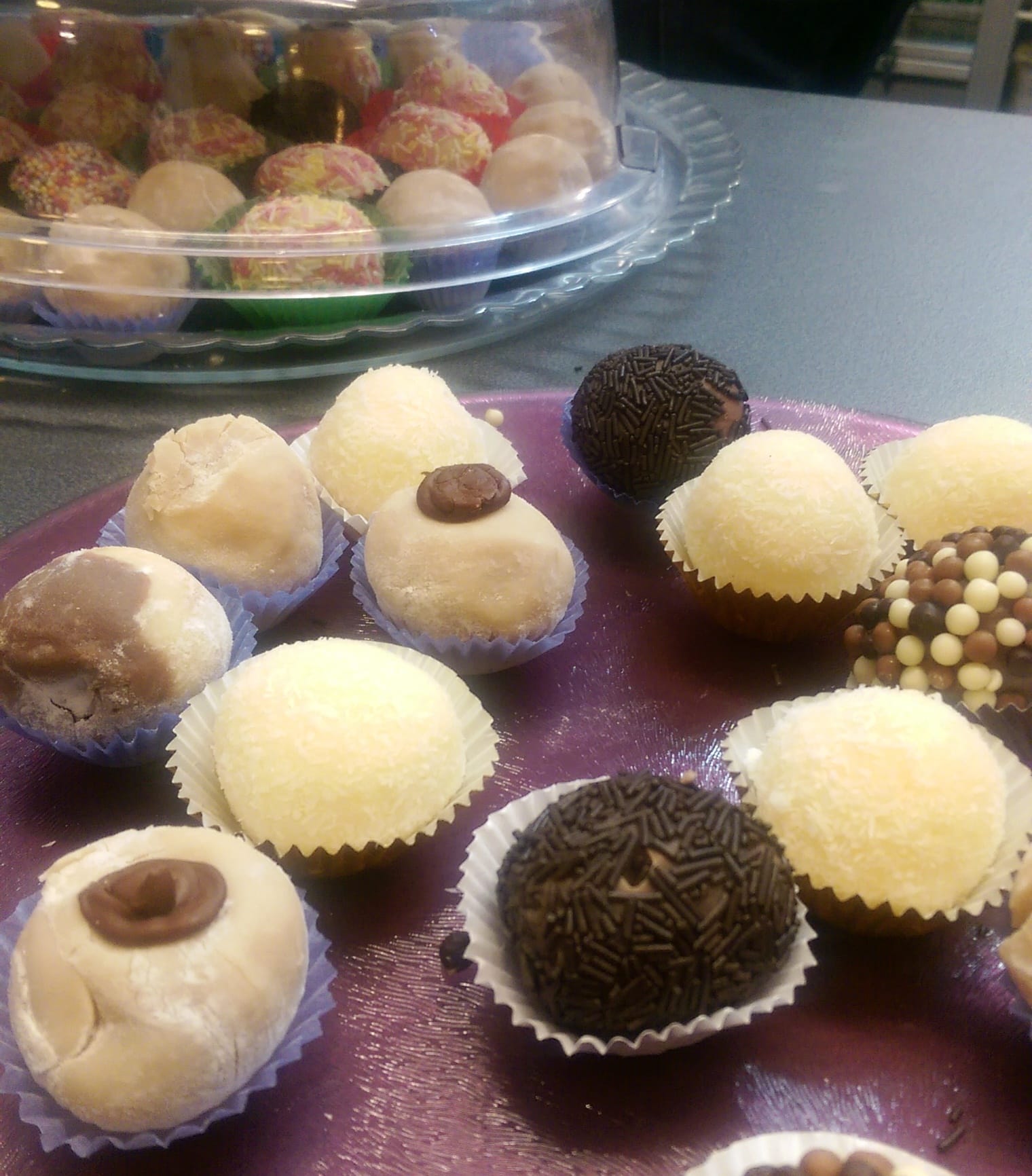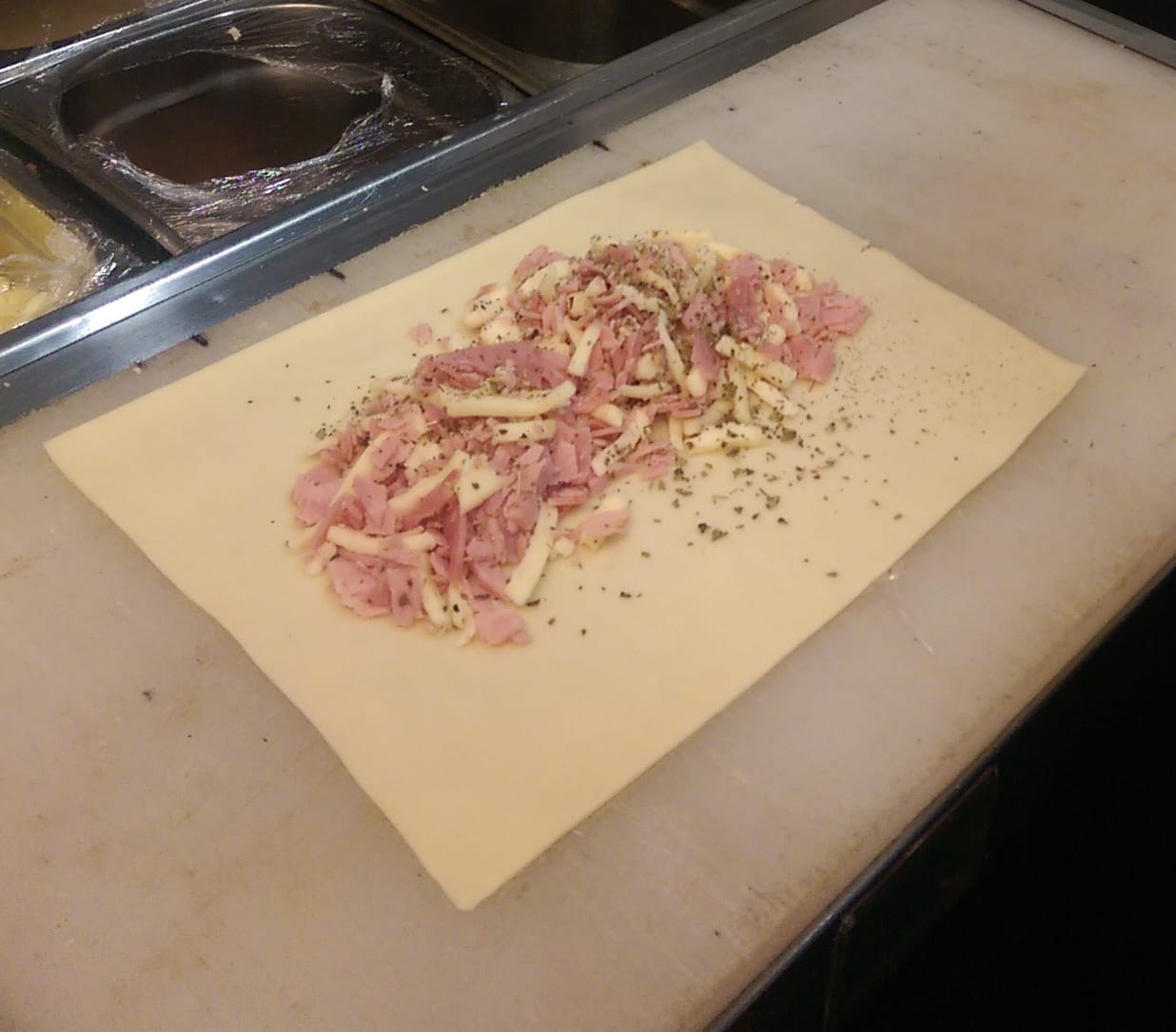What’s the best way to tell area residents about plans for a new asylum shelter nearby?
The government should tell communities directly about plans for new asylum shelters, some activists and politicians say.
Daniel Campos came to Ireland five years ago, and has opened what’s being touted as the first pasteleria in Dublin, serving sweet and savoury stuffed Brazilian pastries.

In Dublin’s Epicurean Food Hall, just off Liffey Street, lies a tiny trove of Brazilian delicacies: Pastelaria Brazil, which opened six months ago.
It is, the sign boasts, “The First Pastelaria in Dublin”.
Though this term would be unfamiliar with many Irish diners, the green-and-yellow flag draped in front makes it clear that this is Brazilian food.
A fast-food snack in Brazil, a pastel is pastry filled with either sweet or savoury ingredients, and then fried in vegetable oil.

From the south of Brazil, Daniel Campos came to Ireland five years ago and now runs this little pastry shop. His customer base is mainly Brazilians and Europeans, with only a few Irish people as yet.
Ireland has seen a significant influx of Brazilians in recent years. In 2013, it issued 32,780 first residence permits, and 7,263 of these were to people from Brazil – more than it issued to citizens of any other country, according to Eurostat. Most of the people (21,394) who got residence permits for the first time that year came to Ireland for education.
So the need for Brazilian eateries is evident. And, so far, Campos is happy with the way business is going.
Behind the counter, a tiny kitchen manages to accommodate everything that he needs: two fridges, a freezer, two fryers and a stainless-steel counter-top for preparing food.
Above the cash register, all the sugary treats peer down from two shelves. One holds Nutella, condensed milk, sugar and cocoa. Another displays jars of Brazilian sweets with unfamiliar wrappers and names: Crokatto, 7 Belo, Serenata de Amor, Paçoquita.

The front counter is cluttered with Brazilian snacks, including coxinhas, which are cone-shaped fried dough with chicken inside, and brigadeiro, which are balls of condensed milk and coconut, decorated with sprinkles.
But on this particular Monday afternoon, I am here for a taste of what gave this eatery its name – a pastel.
Campos unrolls some pre-prepared Brazilian pastry; it has more of a yellow tinge to it than other pastry. So what makes it Brazilian? Alcohol.
Either vodka or cachaça, a spirit made from sugarcane, is added to make the pastry flaky and to prevent it from absorbing too much oil.
After cutting a perfect rectangle of pastry, it is time to add the filling. Cheese, ham, mince, chicken, heart of palm, smoked sausage, dried tomatoes and oregano are the options for savoury pastéis (the plural of pastel). Banana, cinnamon, brigadeiro, Nutella and strawberries are available for the sweets ones.
One of the more unusual sugary options is called Romeu e Julieta (Romeo and Juliet). It is filled with cheese and guava paste.
Though tempted by the sweet flavours, I go for the most popular pastel, which is filled with cheese, ham and oregano. Campos nicknames this the “pizza pastel“.

Campos encloses the fillings and seals the edges with a pastry trimmer. Without any hissing or sizzling, he puts the pastel in a fryer of vegetable oil heated to 220 degrees.
As the pastry cooks, Campos turns it often. “_Pastel_s are Chinese, but we changed a few things and adapted a few things to the way we like it,” he comments.
It is believed that Brazilian pastéise evolved from either fried wontons or spring rolls soon after Chinese restaurants began to make an appearance in Brazil in the early 1900s.
After about three minutes, the pastel has turned a light golden brown. Campos turns it onto some tissue to dry out for about five minutes. “Otherwise, it will be too oily,” he explains.
Campos serves savoury pastéise with mayonnaise or hot sauce on the side, and sprinkles the sweet ones with sugar or cinnamon. “The pastry has no flavour, it isn’t sweet or savoury,” he says. That explains why there aren’t any strong aromas yet.
At first glance, the pastel resembles an American hot pocket, but on closer inspection there is no comparison. The outside is bubbly and flaky – it is very light. It splits in half easily and this is when the scent of oregano finally hits the air.
“It reminds me of home. It is very common there and that’s why we make it,” says Campos. “Every bakery in Brazil sells them.”
Usually pastéise are eaten as a quick snack, but Pastelaria Brazil offers rodízio – all you can eat – for those who want to make a meal of it.
You can try a pastel at Pastelaria Brazil in the Epicurian Food Hall for between €3 and €4.50.